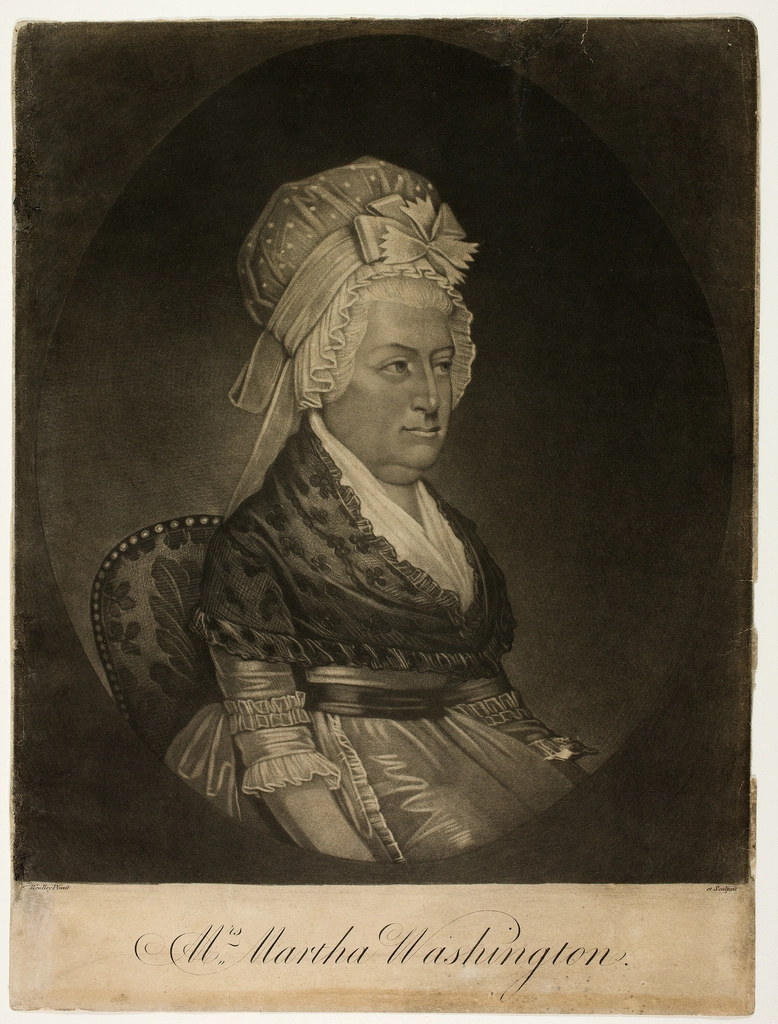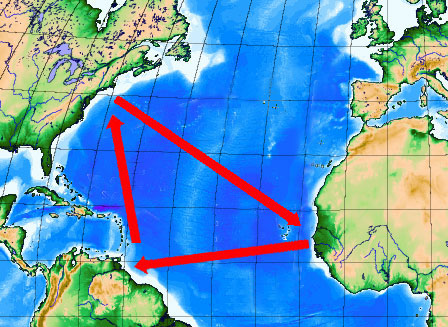Vancouver: Beauty and Overcrowding Collide
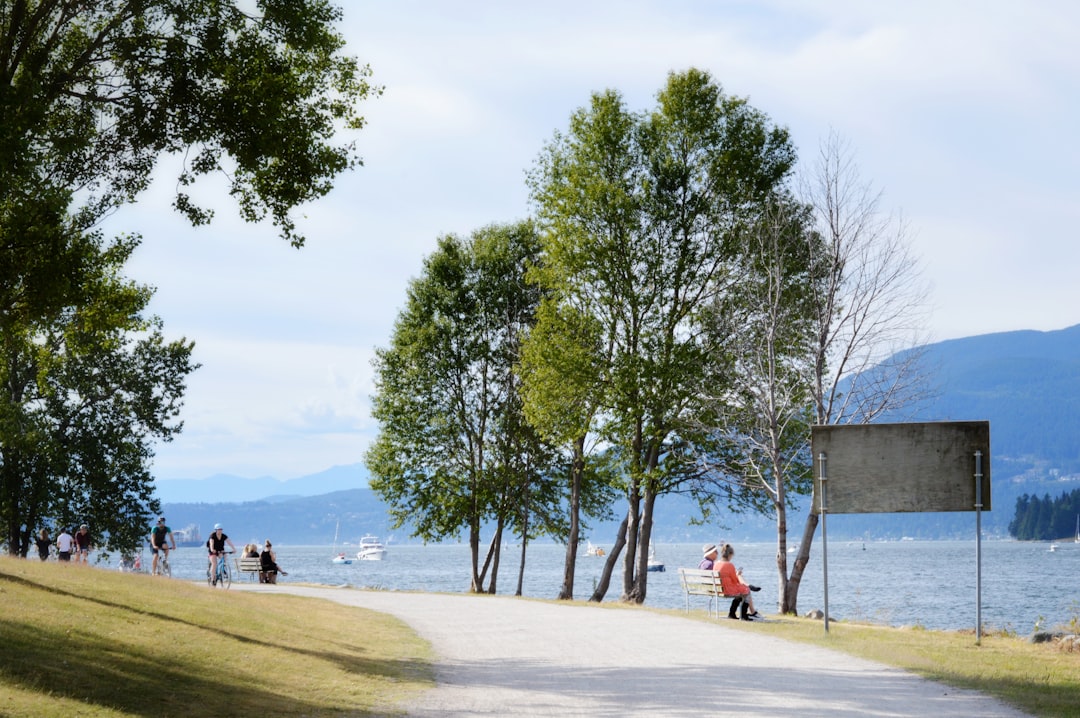
Vancouver’s breathtaking mountains and bustling waterfront have made it a magnet for travelers, drawing in over 10 million visitors in 2024 alone. This tidal wave of interest has led to packed sidewalks, jammed public transit, and a strain on beloved locations like Stanley Park, which now sees lines for bike rentals and picnic spots even on weekdays. Local authorities tried to slow the flood by capping the number of cruise ships docking in the harbor and encouraging tourists to visit during quieter months. Still, the city’s infrastructure is groaning under the pressure, with locals voicing frustration about noise, litter, and crowded markets. Granville Island, once a peaceful spot for locals, now feels more like a theme park on weekends. Residents are calling for more investment in public spaces and stricter rules for short-term rentals, as many neighborhoods see rent spikes and housing shortages. The city also faces challenges with increased pollution and traffic congestion, particularly near tourist hotspots. With tourism revenue accounting for a significant chunk of Vancouver’s economy, city leaders face the delicate task of keeping both visitors and residents happy.
Banff: Nature’s Playground Under Strain
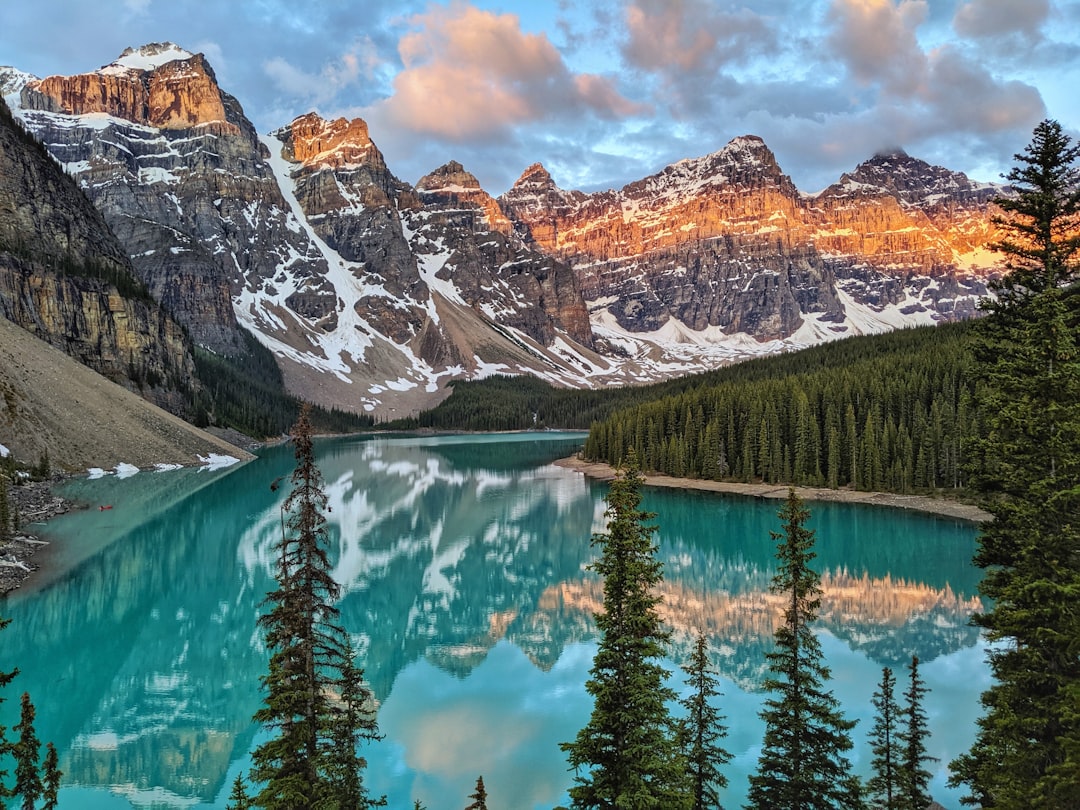
Banff National Park, nestled in the heart of the Rockies, is no stranger to crowds, but 2023 shattered previous records with 4 million tourists flocking to its trails and lakes. The sheer number of visitors has put immense stress on fragile ecosystems, with popular spots like Lake Louise and Moraine Lake now requiring shuttle reservations to manage the flow. Park rangers have observed more litter, trampled vegetation, and wildlife disturbances as a result of increased foot traffic. Authorities responded by limiting private vehicle access and promoting eco-friendly transit, such as the Roam public bus system. However, traffic jams and parking shortages continue to plague the park during peak summer months. Some local business owners welcome the boost in sales but worry about the long-term damage to the park’s reputation if overcrowding ruins the experience. The park’s management is working to educate visitors about responsible tourism, but finding the right balance between access and preservation remains a daily struggle. The future of Banff as a pristine escape hinges on the success of these ongoing measures.
Toronto: Urban Attractions, Urban Challenges
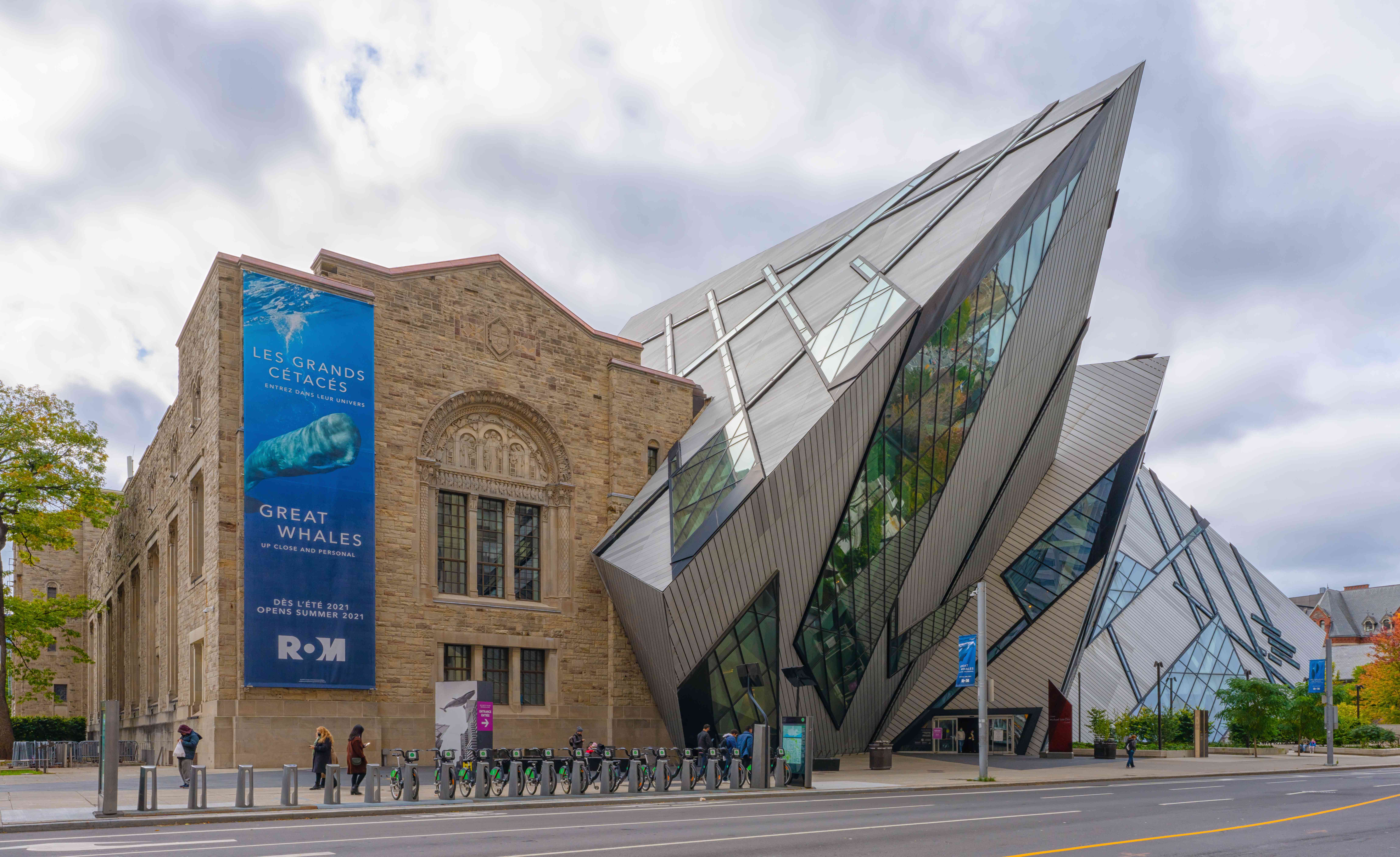
Toronto has always buzzed with energy, but in 2024, it topped 30 million visitors, making it one of the most-visited cities in North America. The CN Tower and Royal Ontario Museum have become selfie central, with lines stretching around the block even on rainy days. The city’s public transit system, already notorious for delays, is feeling the squeeze as both tourists and locals jostle for space. With hotel occupancy rates soaring, short-term rental prices have also spiked, contributing to a housing crunch for residents. City planners are now encouraging tourists to venture beyond the downtown core, highlighting neighborhoods like The Junction and Leslieville to spread out the crowds. Local businesses appreciate the influx of customers, but some residents worry that the city’s unique character is being diluted by the constant churn of visitors. Toronto has responded by investing in expanded transit routes and launching campaigns to promote lesser-known attractions. The challenge is finding ways to continue welcoming guests while safeguarding the city’s livability for those who call it home.
Quebec City: History Overwhelmed
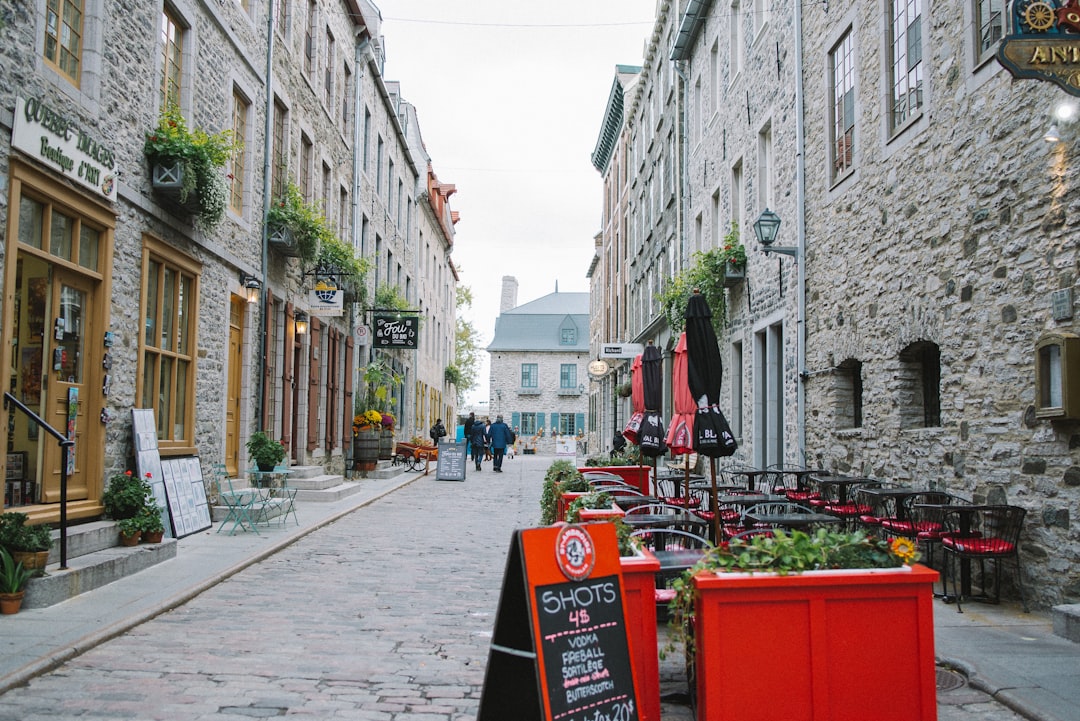
Quebec City’s cobblestone streets and centuries-old architecture draw about 5 million visitors each year, and 2023 was no exception. The influx is especially intense in the summer, when cruise ships dock in Old Quebec and crowds swell to unmanageable levels. The UNESCO World Heritage district has struggled with worn-down pavements, overflowing trash bins, and long waits at landmark sites like the Château Frontenac. Local officials are experimenting with guided tours that cap group sizes and introducing timed entry tickets for popular spots to control foot traffic. Business owners in the historic district welcome the economic boost, but some worry that the city’s charm is eroding under the weight of mass tourism. Residents voice concerns about noise and disruptions, especially during festival season. Efforts to promote off-season travel have seen some success, but the city’s global reputation as a must-see destination means the pressure is unlikely to ease soon. The challenge remains to protect Quebec City’s unique heritage while keeping its doors open to the world.
Montreal: Festivals and Frustration

Montreal’s reputation as Canada’s cultural powerhouse drew an estimated 11 million visitors in 2024, with international events like the Jazz Festival and Just for Laughs packing the city’s streets. This steady influx has led to traffic gridlock, clogged metro stations, and longer waits at top museums and galleries. Local infrastructure, from roads to public restrooms, is stretched thin during festival season. Residents sometimes find themselves priced out of their own neighborhoods as demand for short-term rentals pushes up costs. In response, city officials have funneled resources into public transit upgrades and pedestrian-friendly zones in key areas like the Quartier des Spectacles. Tourism agencies are also working to market the city year-round, hoping to spread visits more evenly. The city’s vibrant atmosphere is a major draw, but it brings headaches for those who live and work there. Montrealers continue to debate how to strike a balance between being a global destination and a comfortable home.
Victoria: An Island Overwhelmed

Victoria, perched on the southern tip of Vancouver Island, saw visitor numbers swell to 3 million in 2024. Its famous Butchart Gardens and picturesque Inner Harbour are thronged with tourists during spring and summer. The city’s compact downtown becomes a sea of selfie sticks and tour buses, making it hard for locals to go about daily business. Increased demand for accommodations has put upward pressure on housing prices, and traffic congestion has become a regular complaint. City leaders have responded by promoting eco-friendly travel, such as bike rentals and water taxis, and encouraging visitors to explore quieter neighborhoods like James Bay and Fernwood. Efforts are also underway to manage cruise ship arrivals more strategically to avoid overwhelming city services. Some locals appreciate the cosmopolitan buzz, but others worry about Victoria losing its small-town charm. The city’s ability to provide a welcoming experience for all hinges on finding smarter ways to share its natural beauty.
Whistler: Ski Slopes Packed to the Brim
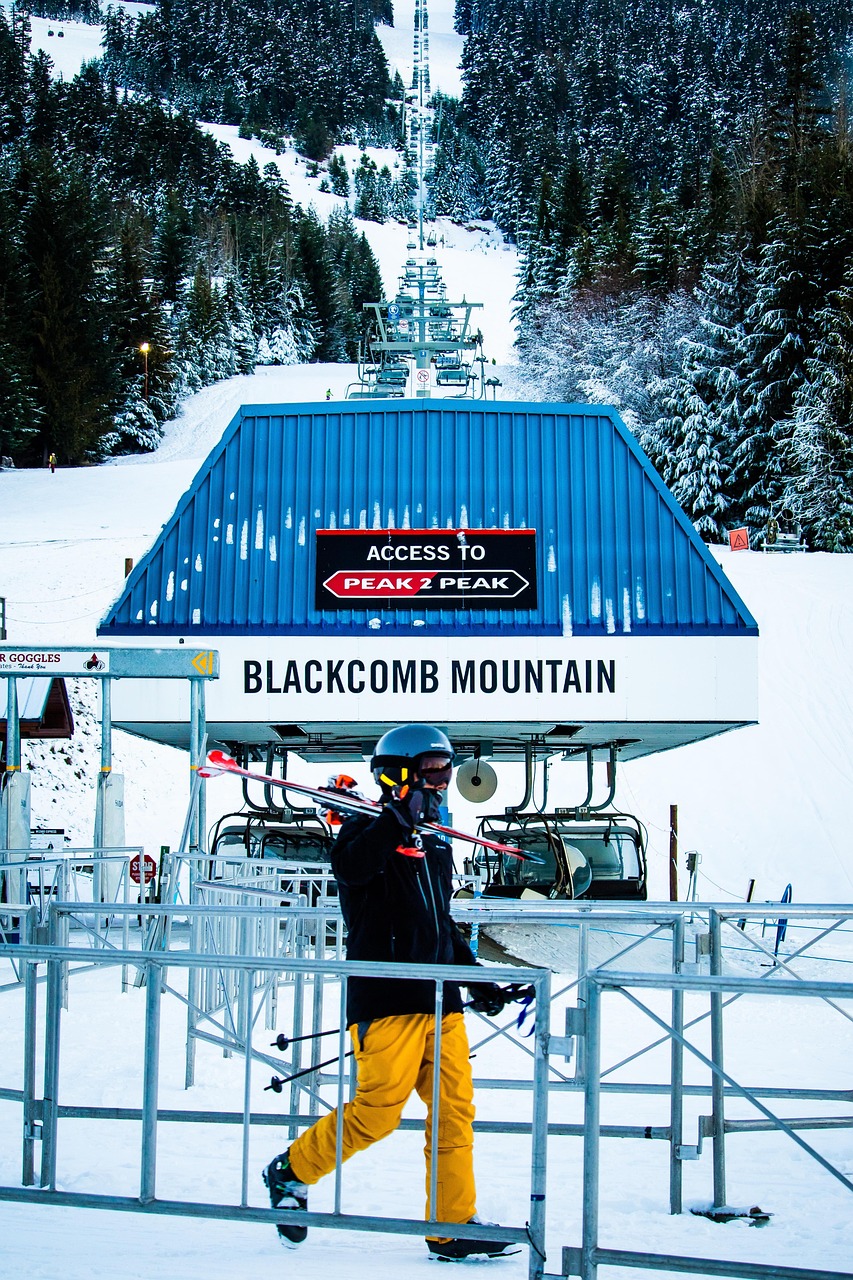
Whistler’s snowy peaks and world-class ski runs brought in more than 2 million visitors during the 2023-2024 season, making it one of the busiest resorts in North America. The rush has led to crowded slopes, long lift lines, and full parking lots by sunrise. Environmental groups are concerned about the impact on local wildlife and mountain habitats as more people trek into previously quiet areas. Whistler Blackcomb introduced reservation systems for ski passes and encouraged guests to visit during the shoulder seasons, hoping to spread out the demand. Local businesses love the economic boom but are worried about staff shortages and rising housing costs, as many workers can’t afford to live nearby. Residents are also seeing their once peaceful town center transformed into a year-round party zone. The resort’s challenge is to keep the fun alive without destroying what makes Whistler special in the first place.
Calgary: Growth Comes with Growing Pains
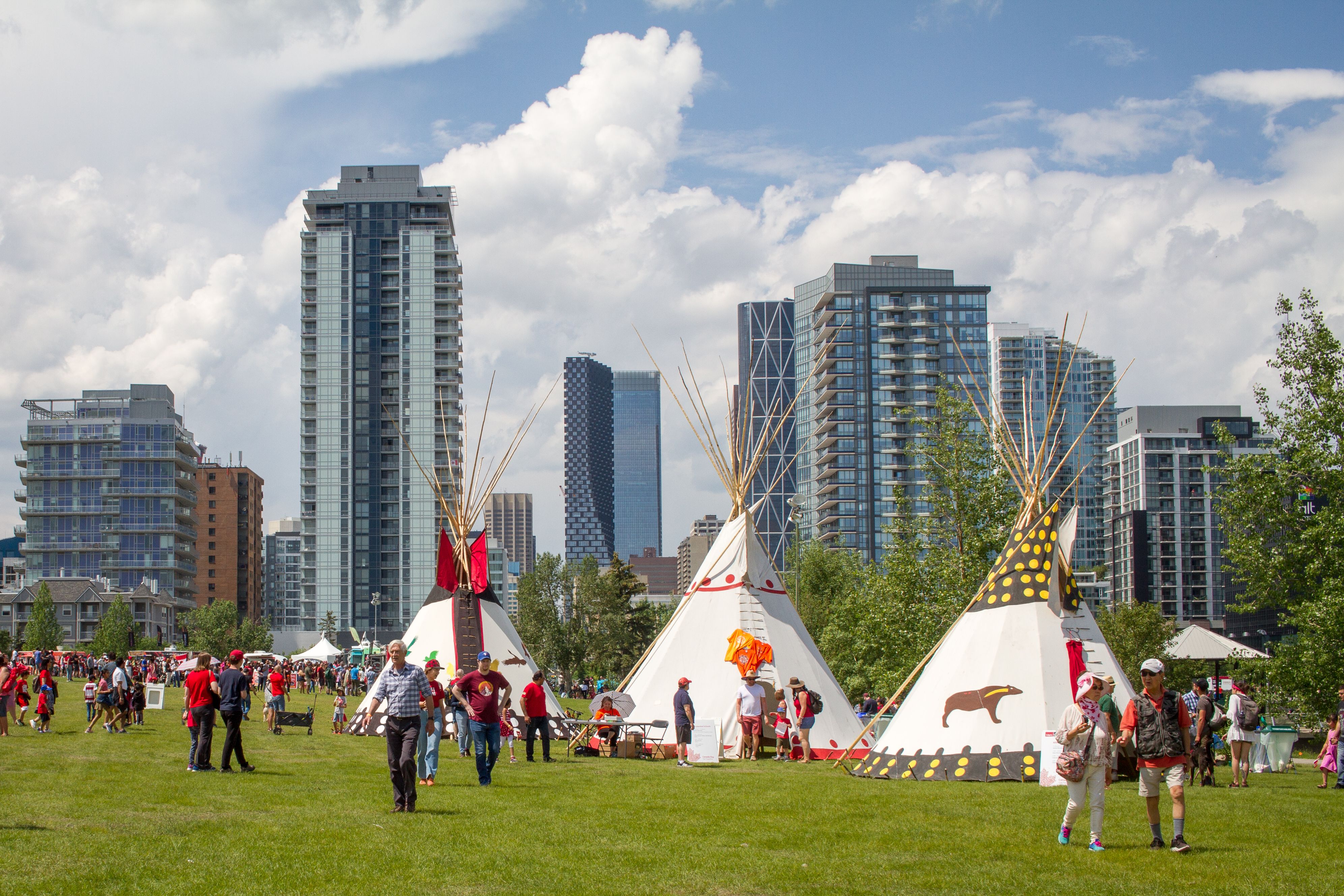
Calgary’s mix of cowboy culture and modern urban life attracted about 7 million visitors in 2024, with the annual Stampede serving as a massive draw. Downtown streets fill with revelers, and hotels book up months in advance during the summer. The city’s infrastructure is feeling the strain, with increased traffic congestion, crowded transit, and overflowing parks. Locals have noticed the city feels busier and noisier, especially around major events. In response, Calgary has expanded public transit options and invested in pedestrian zones to help ease congestion. Tourism officials are also encouraging visitors to explore nearby attractions, like the Badlands and Kananaskis Country, to relieve pressure on the city center. While tourism brings jobs and investment, some residents worry about losing the relaxed pace that once defined Calgary. Balancing growth with quality of life is now a front-and-center issue for city planners.
Halifax: Maritime Magnet Faces the Music

Halifax’s rich maritime heritage and scenic waterfront have made it a top destination, with 4 million visitors recorded in 2023. The city’s historic downtown, including the waterfront boardwalk and Citadel Hill, regularly teems with tourists, especially when cruise ships are in port. This has led to wear and tear on public infrastructure, with city workers struggling to keep up with maintenance and cleanliness. Traffic jams and parking shortages are now common complaints, particularly during festivals and major events. City officials are working to spread visitors out by developing new attractions in less crowded neighborhoods and improving public transportation links. Locals have mixed feelings: some enjoy the excitement and economic benefits, while others worry about noise, litter, and the city losing its laid-back vibe. Halifax is looking to balance the needs of residents and tourists as it continues to grow as a top Canadian destination.
St. John’s: A Hidden Gem Under Pressure
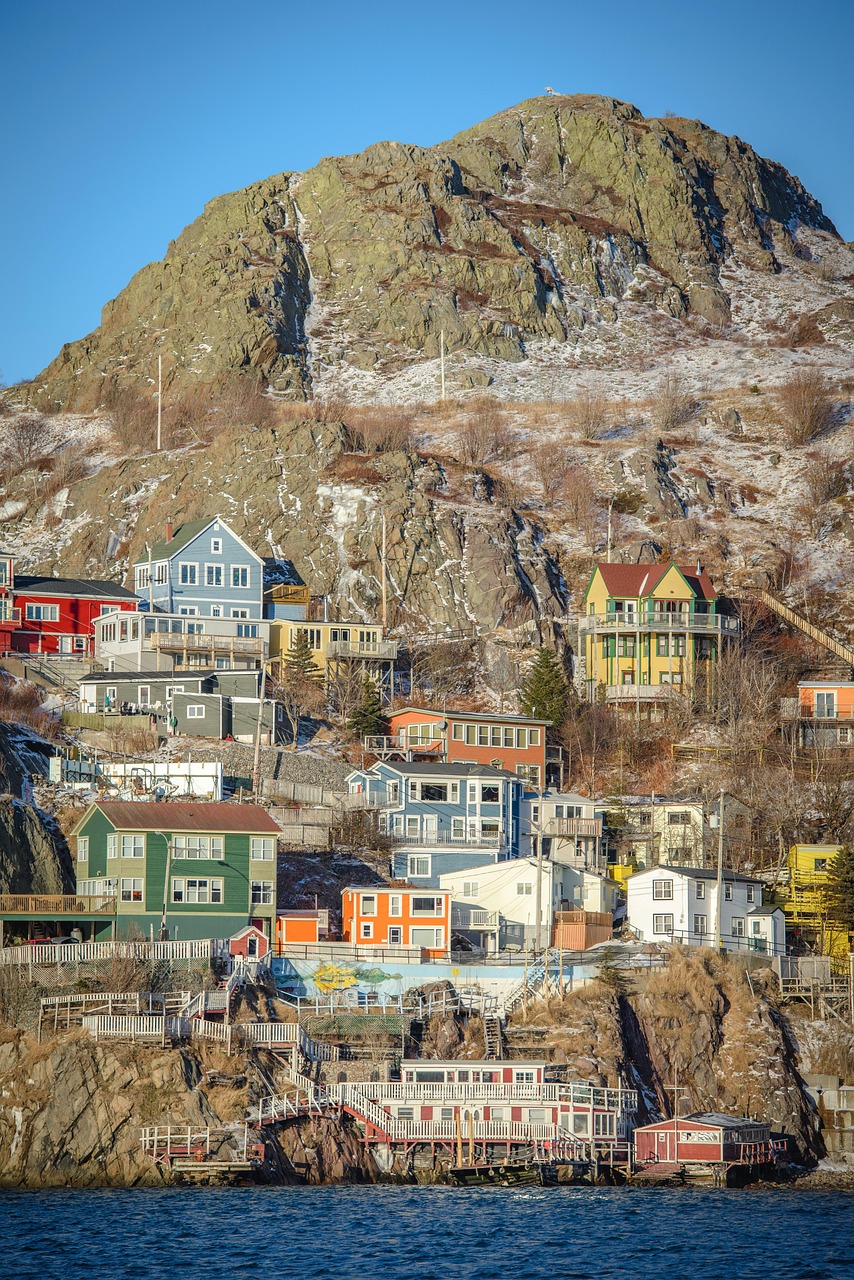
St. John’s, perched on the rugged coast of Newfoundland and Labrador, saw its visitor count climb to 1.5 million in 2024. The city’s colorful row houses and dramatic cliffs are Instagram favorites, but the steady stream of tourists is straining local resources. Roads and trails around Signal Hill and Cape Spear are often clogged with cars and hikers during peak months. Residents report higher rents and increased competition for parking and services. City officials are turning to sustainable tourism strategies, such as promoting eco-friendly tours and encouraging visitors to explore lesser-known parts of the island. The tourism boom has brought new business opportunities but also heightened concerns about preserving the local environment and culture. St. John’s is working to ensure that its newfound popularity doesn’t come at the expense of what makes it special.





